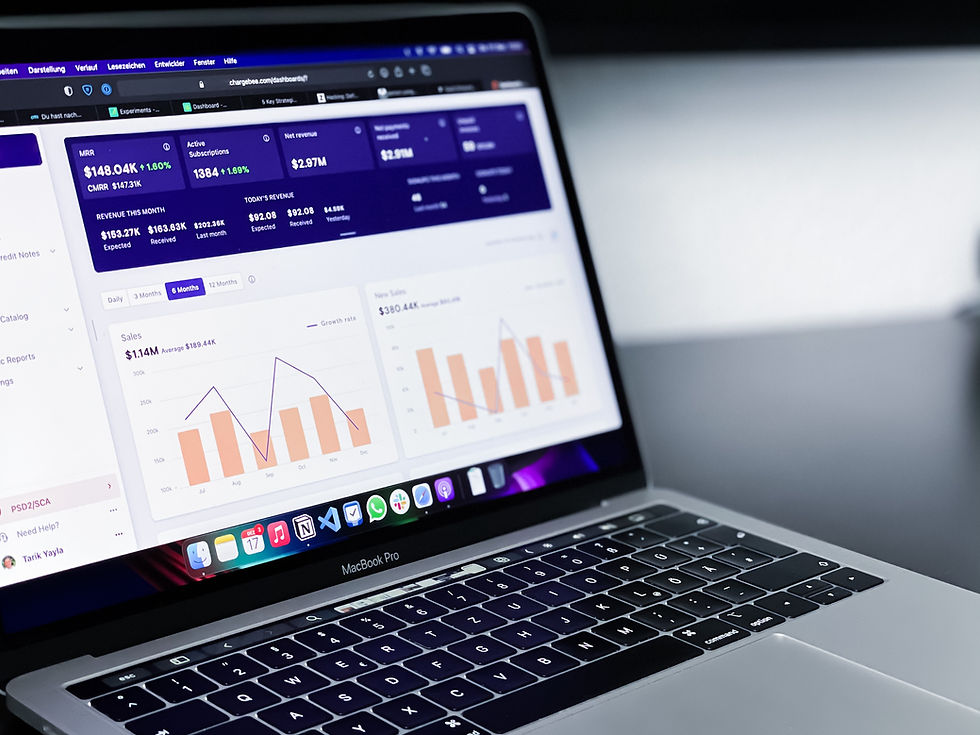Growth Hacking 101: How Startups Use Creative Marketing to Go Viral
- atechenquiry
- Feb 25
- 2 min read
In today’s competitive market, startups need to think outside the box to gain traction and scale rapidly. This is where growth hacking comes into play. Unlike traditional marketing, growth hacking focuses on low-cost, high-impact strategies that drive user acquisition and engagement.
In this article, we’ll explore what growth hacking is, how it works, and the best techniques startups use to go viral.

1️⃣ What is Growth Hacking?
📌 Definition: Growth hacking is a data-driven marketing strategy focused on rapid business growth using creative, low-cost tactics.
✅ Key Principles:
Experimentation & Innovation: Testing multiple strategies to find what works.
User-Centric Approach: Focusing on acquiring and retaining customers.
Leverage Technology & Automation: Using digital tools to scale efficiently.
🔹 Example: Dropbox’s referral program rewarded users with extra storage for inviting friends, leading to exponential growth.
2️⃣ The Growth Hacking Funnel
📌 Why it matters: Growth hacking follows the AARRR framework (also known as the Pirate Metrics):
✅ The Five Stages:
Acquisition: Attracting users through viral content, SEO, and paid ads.
Activation: Ensuring new users experience immediate value.
Retention: Keeping users engaged through personalized experiences.
Revenue: Converting free users into paying customers.
Referral: Encouraging users to share your product with others.
🔹 Example: Airbnb growth-hacked by integrating listings directly into Craigslist, reaching a massive audience with minimal costs.
3️⃣ Creative Growth Hacking Strategies
📌 How startups go viral:
✅ Effective Techniques:
Referral Programs: Incentivize users to invite others (e.g., Uber, PayPal).
Viral Loops: Create shareable content or exclusive perks.
FOMO & Scarcity Marketing: Limited-time offers encourage immediate action.
Gamification: Engage users with rewards and progress tracking.
Influencer & Community Marketing: Leverage existing audiences to amplify your reach.
🔹 Example: Robinhood used an exclusive waitlist system to generate massive buzz before launch.
4️⃣ Tools & Platforms for Growth Hacking
📌 Why it matters: The right tools help automate and optimize marketing efforts.
✅ Recommended Tools:
SEO & Content Marketing: Ahrefs, SEMrush, BuzzSumo.
Email & Automation: Mailchimp, HubSpot, ActiveCampaign.
Social Media & Influencer Marketing: Hootsuite, Buffer, Upfluence.
User Analytics: Google Analytics, Mixpanel, Hotjar.
A/B Testing & Conversion Optimization: Optimizely, Crazy Egg, VWO.
🔹 Example: Startups use Mixpanel to analyze user behavior and optimize engagement strategies.
5️⃣ Case Studies: Startups That Mastered Growth Hacking
📌 Learning from the best:
✅ Successful Examples:
Dropbox: Grew 3900% with a simple referral incentive.
Instagram: Focused on simplicity and viral word-of-mouth adoption.
TikTok: Used AI-driven personalization to keep users hooked.
Slack: Prioritized community engagement and word-of-mouth.
Tesla: Used zero traditional ads—just brand advocacy and referrals.
🔹 Lesson: The most successful startups leverage creativity, data, and customer psychology to scale fast.
Growth hacking is a game-changer for startups, allowing them to scale quickly without massive budgets. By using referral programs, viral loops, automation, and data-driven insights, businesses can attract and retain customers in a highly competitive space.
🚀 Want to hack your growth? Start implementing these techniques today!




Comments